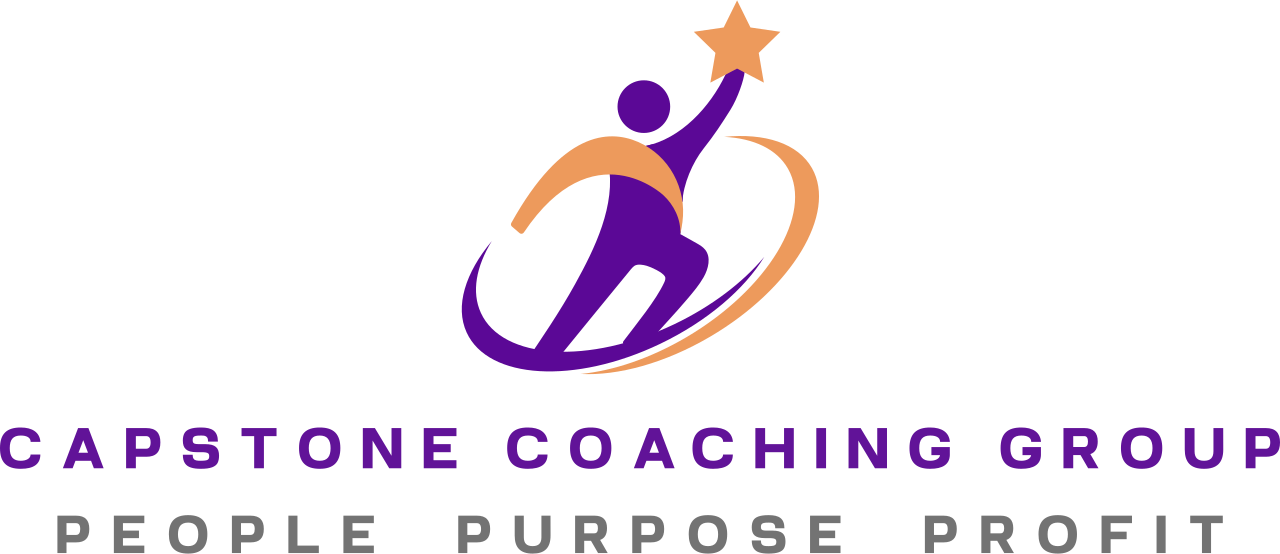BLOG
Navigating Change: How Resilient Businesses Stay Ahead in 2025
In today’s turbulent economy, one thing is crystal clear: standing still is not a strategy.
Markets are shifting. Customer needs are evolving. Competition is fiercer than ever. If you’re a small business owner, reacting to change isn’t enough anymore—you need to lead it.
Adaptability is no longer optional. It's the price of entry into a future where only the most resilient businesses thrive. Those business owners who anticipate and plan for change will stay in the game. Those who don't may find themselves outpaced, outperformed, or out of business.
So how do you prepare for what's next without burning out or blowing up your business model?
Let’s take a deeper look at what it takes to not only survive change—but use it as a competitive advantage.
Adaptability as a Strategic Advantage
Proactive change management is quickly becoming one of the most important business skills of our time. It’s not enough to be great at what you do—you must also be great at evolving when the market demands it.
Ask yourself:
- How quickly can your team pivot when the unexpected hits?
- Do your systems empower change—or strangle it?
- Are you building a brand that stands out when others are shrinking back?
Now is the time to review, refine, and rebuild with resilience at the core.
Choose one process, product, or service this week and stress-test it: If the market shifted tomorrow, would this still work—or would we scramble?
Small adjustments today can prevent big regrets tomorrow.

The Three Non-Negotiables for Navigating Change
While every entrepreneur faces unique challenges, the strongest share a common foundation: a system for managing uncertainty.
High-performing small businesses focus on three non-negotiables when navigating change:
1. Clear, relentless communication.
2. Continuous skill-building.
3. Operational flexibility.
These aren’t luxuries. They’re essentials.
Without communication, fear fills the void. If your team doesn’t know what’s happening or why, rumors will spread faster than facts. Without skill-building, your people feel overwhelmed and unprepared. And without flexibility, even the best strategies can fail under pressure.
This week, audit your next major project:
- Are you clearly communicating the "why" and "what’s next" to all stakeholders, including contractors and freelancers?
- Are you offering the right tools or training for success?
- Are you open to revising your approach based on real-time feedback?
If you answered "no" to any of these, that’s your next move. Because change without a plan = chaos. But change with a plan? That’s opportunity.
Flexibility: Your Business’s Superpower
Let’s talk about the real reason some small businesses bounce back stronger while others break: flexibility.
Contrary to what some believe, flexibility isn’t about lowering standards—it’s about increasing responsiveness. Agile businesses don’t get caught off guard. They adjust workflows quarterly, not yearly. They cross-train staff to prevent operational collapse when someone’s out. They listen closely to customers and pivot quickly when preferences shift.
Flexibility is strength.
This week, identify a rigid policy or system in your business.
Ask yourself: If conditions change, can we adapt quickly—or are we stuck? If it feels brittle, that’s your signal to update it now—before you’re forced to.
Because flexible businesses don’t just respond to change. They ride it to new opportunities.

Are You Actually Ready for Change? (Use This Checklist)
It’s easy to say you’re ready for change. It’s harder to prove it.
Here’s a quick checklist to evaluate your readiness:
- Do you have a clear and compelling reason behind the change?
- Have you brought key team members into the conversation early?
- Is there a training or support plan in place?
- Are you prepared to adapt your plan based on feedback?
If you’re missing any of these elements, you’re setting yourself up for confusion, burnout, and slow adoption.
This week, choose one box to check off. Don’t wait until you’re mid-transition to find out what’s missing. Lay the groundwork now—so when it’s time to take off, your business is ready for lift-off.
Mindset First: The Inner Shift That Fuels Outer Growth
You want to know the real difference between businesses that grow during uncertain times and those that shrink?
It’s mindset.
Growth-minded business owners view change as:
- A chance to reinvent and improve.
- A leadership responsibility, not a panic move.
- A shared experience that strengthens culture and loyalty.
On the other hand, businesses driven by fear see change as a threat—and often react with hasty decisions, unclear communication, and burned-out teams.
Take a moment to reflect: Are you approaching change from opportunity or scarcity?
If your mindset leans toward fear or reactivity, it’s time to recalibrate.
Because mindset isn’t just about positivity—it’s about performance. When you get your head in the right space, the strategy, systems, and people tend to follow.

How to Spot Resistance Before It Sinks Your Plans
Even the best plans fall flat if you ignore one critical element: resistance from within.
You might be watching the market for signs of disruption—but what about the storm brewing inside your own business?
Common signs of resistance include:
- Passive-aggressive behavior or sarcasm.
- Low morale and disengagement.
- Slowed decision-making.
- Rising turnover—or worse, the “quiet quitting” kind of withdrawal.
Change efforts often fail not because the plan was wrong—but because the emotional undercurrents were missed.
This week, schedule a pulse-check conversation with your team. Ask two simple questions:
- What’s one thing you’re excited about right now?
- What’s one thing you’re concerned about?
Then just listen. No defensiveness. No spin. Just insight.
When you treat resistance as feedback—not failure—you gain the power to course-correct early and keep momentum on your side.
In Summary: Future-Proofing Starts Today
Change isn’t coming—it’s already here.
The question is: Will your business be ready to lead through it?
Success in 2025 and beyond won’t be reserved for the biggest or the fastest. It will go to the businesses that are most adaptable, most prepared, and most in tune with their teams and customers.
Here’s what to do next:
- Stress-test one area of your business this week.
- Pick one checklist item to improve.
- Open one honest conversation with your team.
- Shift one mindset that’s holding you back.
And most importantly—don’t wait for the next wave of change to force your hand. Build the capacity to meet it on your own terms.
Want help making your business more resilient and future-ready?
Let’s talk. I specialize in helping small business owners create agile strategies, aligned teams, and systems that can scale—even in uncertain times.
Schedule a free discovery call and let’s explore what’s next for your business.










